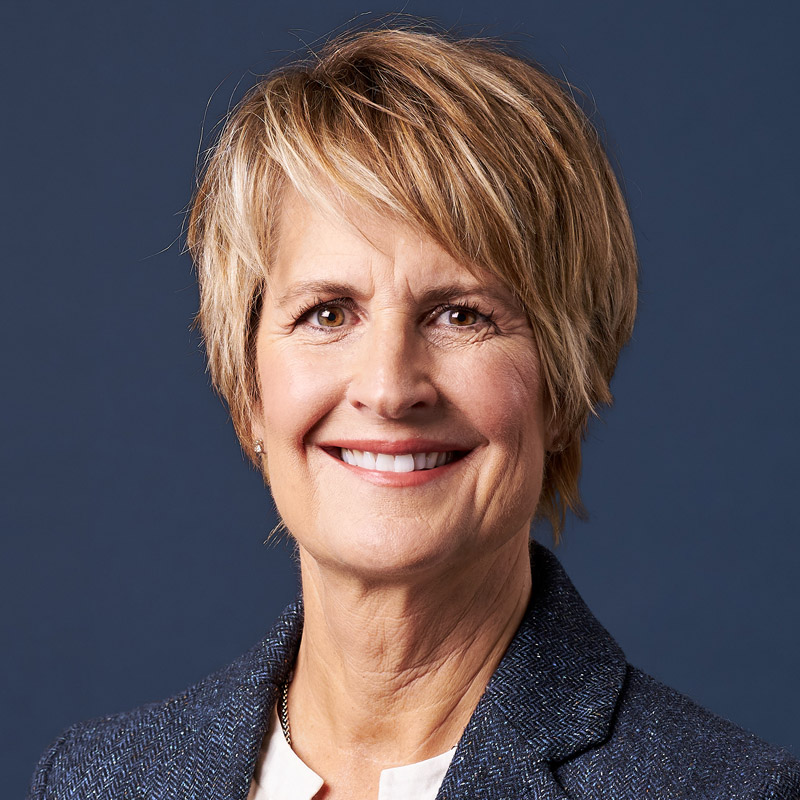Matrixx has been an integral part of Telstra’s digital transformation since 2014. But the Australian telco has now given its US charging vendor a vote of confidence by extending their relationship to 5G. This means Matrixx will be supporting pricing, packaging and monetization across not only 4G but also 5G services, including consumer, enterprise, wholesale and IoT segments.
In the next phase of Telstra’s digital development, it will continue to reduce complexity, improve customer experience and capitalise on its 5G investments. But unlocking the full value from the programmability, dynamic capacity and rich information of its new 5G core requires an agile monetisation platform. Telstra decided to stick with its tried-and-trusted partner and chose Matrixx’s 5G CCS. Matrixx’s ‘click not code’ configuration for business rules and use cases will now deliver the commercial agility Telstra needs to innovate at speed, as it rolls out new 5G business cases, price plans, offers and products.

“Delivering next-generation products and services demands collaborative, forward-thinking partners. Matrixx has proven to be exactly that, delivering mission-critical capabilities for Telstra since 2014.”
Shailin Sehgal, Telstra Product Enablement Technology Executive

Matrixx’s CEO Glo Gordan said that her company has enjoyed working closely with Telstra to help deliver their strategic initiatives for digital transformation and improved customer experience across its 4G customer base. She said Matrixx was looking forward to extending their relationship, as Telstra seeks to move beyond time and volume-based pricing to optimise the value of its 5G investments.
Omnisperience’s view
Like many service providers, Telstra’s initial digital transformation goals were simply to reduce costs and improve experience. It’s now focusing on its commercial agility, so that it can lower the risk and increase the speed of innovation and thereby unlock the full value of its network investments. Using a single platform for both 4G and 5G, as well as to support B2C and B2B, is a sensible move because it prevents infrastructure divisions standing in the way of rolling out and monetising more complex and hybrid use cases.
CSPs are often criticised for failing to innovate quickly enough, or meet customers’ expectations and needs, but are frequently prisoners of their own infrastructure, which hinders rather than enables innovation. 5G and IoT rollouts are usually the catalyst to move away from inflexible legacy systems and adopt more agile infrastructure. This is why it’s telling that Telstra has decided to extend its existing relationship with Matrixx and utilise its Digital Commerce Platform to support its 5G ambitions, indicating trust in both its partner and their technology.



